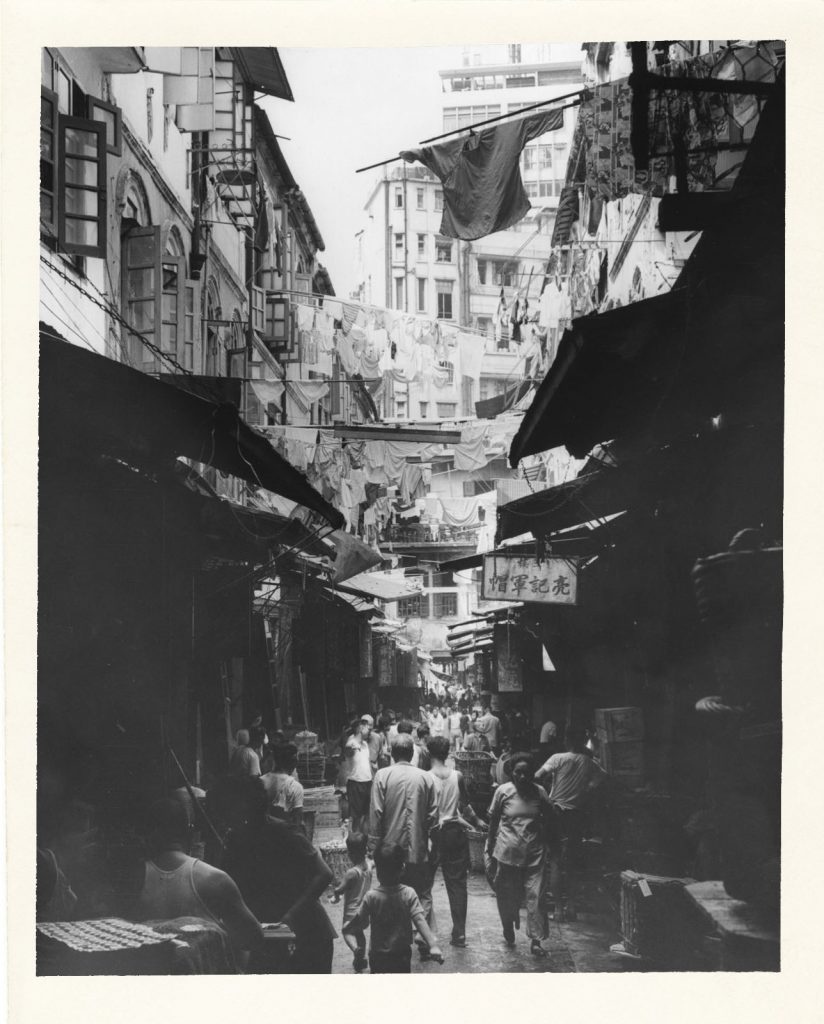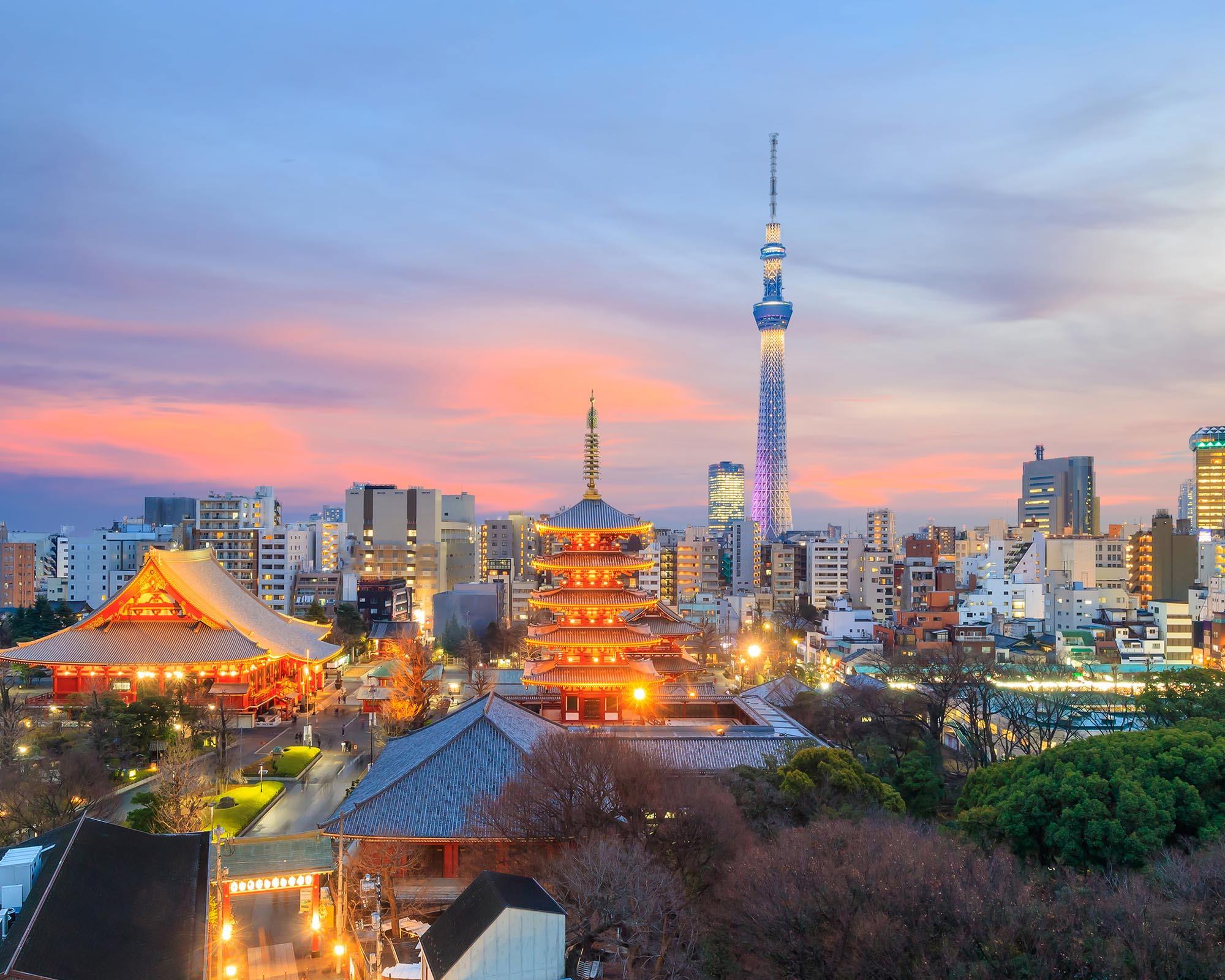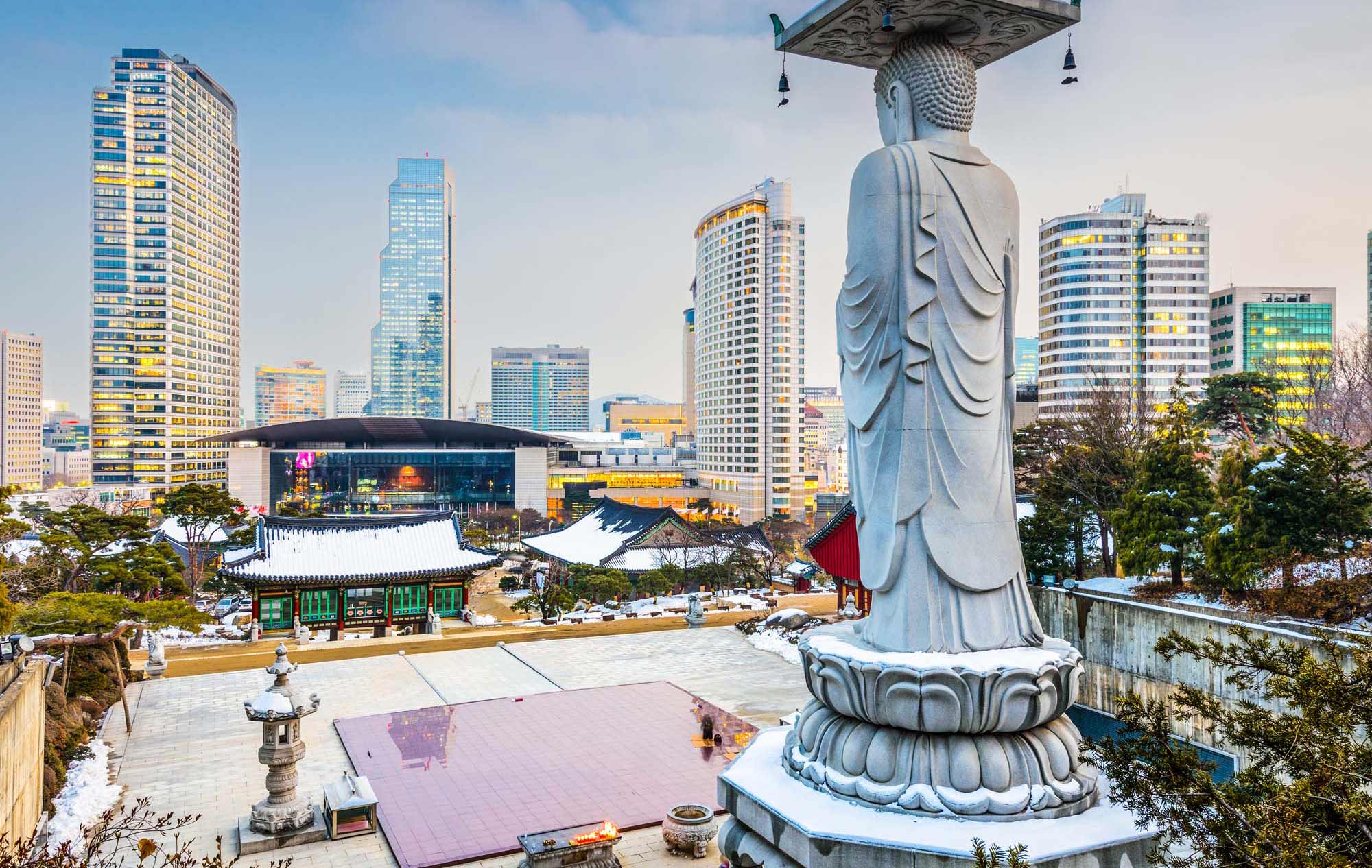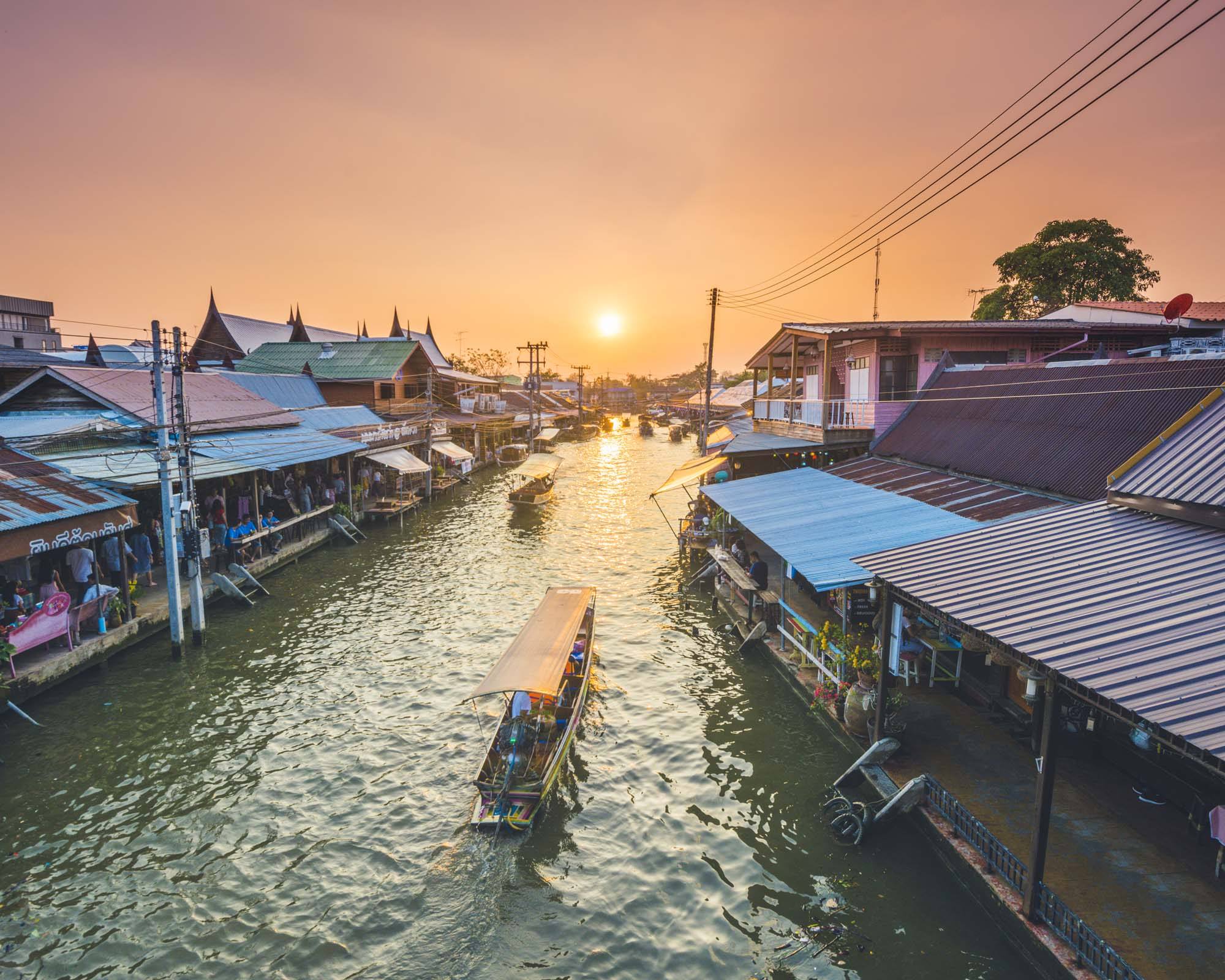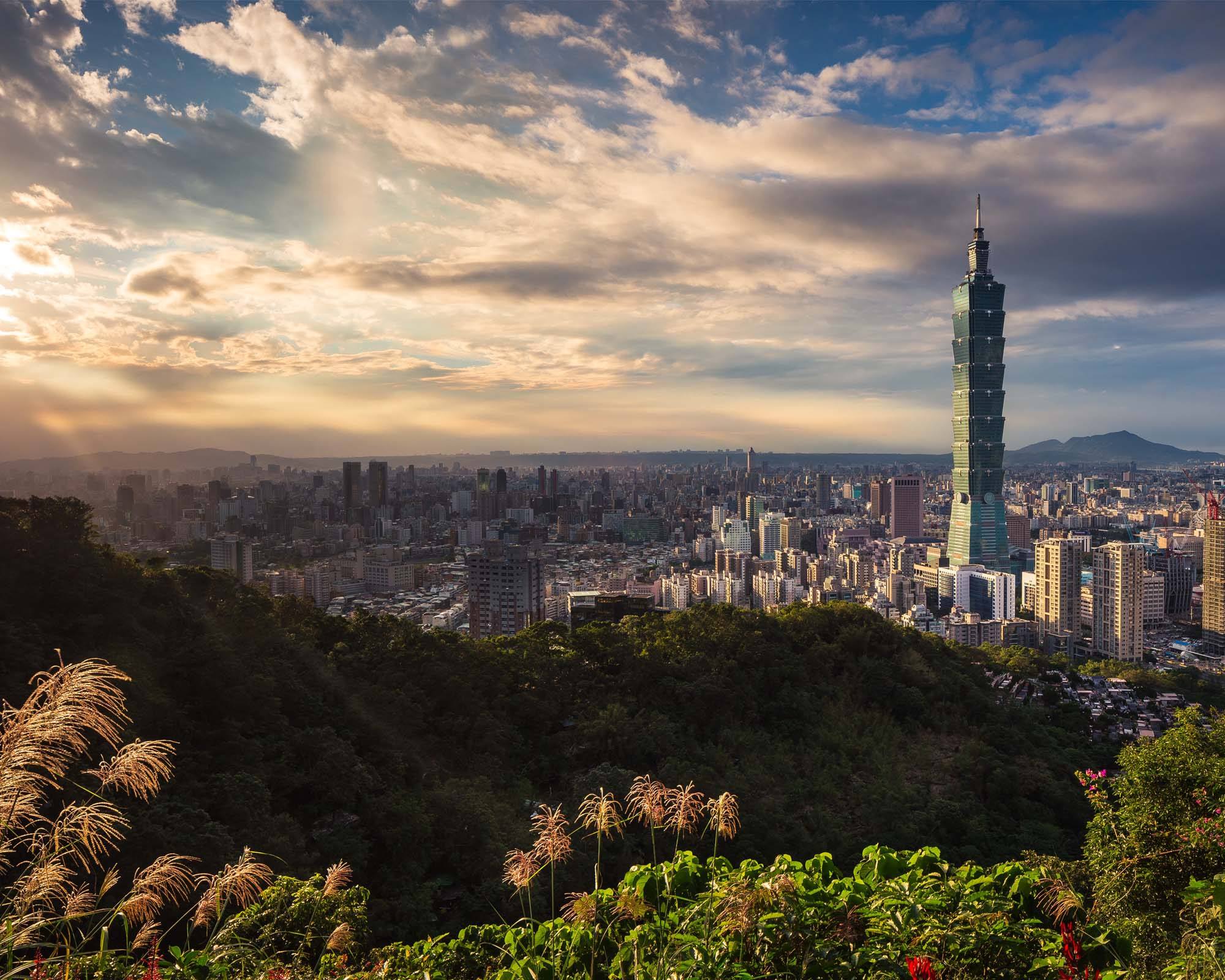Like most Cantonese-speaking Hongkongers in the late 1980s and early ’90s, I loved the films of Stephen Chow. The city had no shortage of screen icons at the time – it was, after all, the golden age of Hong Kong cinema – but Chow resonated with Hongkongers more than anyone due to his everyman roles and, well, his willingness to satirise Hong Kong’s impending return to China.

Whether it’s his Chinese mainland farmboy character in the gambling classic All for the Winner or the James Bond parody From Beijing with Love, Chow’s works captured the zeitgeist of Hong Kong in the early ’90s: we were a city proud of our culture, and nervous about the handover to China in 1997.
My father certainly felt that way. That’s why he jumped at the opportunity to move our family to California in 1991. My parents, sister and my nine-year-old self were four of an estimated 60,000 that left the city that year. That number would peak a year later at 66,000.
My family settled in a small town in northern California, and every Sunday my mother and I would rent the latest Hong Kong films from a Chinese video shop about an hour’s drive away. These would become my only connections to Hong Kong.
I eventually assimilated in the US, and by my mid-teens I was behaving like a full-blown ABC (American-born Chinese), with a love of hip-hop culture and the NBA. Because I didn’t want classmates to think of me as an immigrant, I abandoned my Hong Kong roots – pretending that I didn’t speak Cantonese and stopped watching Hong Kong films, effectively leaving the culture behind.
Hong Kong wouldn’t really be in my mind again until 2007, when I was 25. I wanted to take a trip before I got back into the rat race, and only settled on Hong Kong after stumbling on a very cheap package. ‘I guess I’m going to China,’ I remember telling my friends.

But as soon as I stepped off the airport bus in Mong Kok, I was surprised to find the city just how I remembered it from 16 years ago: loud, hectic and full of that unique blend of Cantonese and Western culture. I enjoyed my stay here so much that the original two-week trip became four, then four became eight. Sometime during the second month I landed a gig reviewing Hong Kong films at a lifestyle magazine, and I decided to stay ‘for a year’. It’s now year 10 and I’m still here.
I’m hardly the only migrant who came back home. According to a 2013 analysis by the South China Morning Post more than 65,000 émigrés moved back to Hong Kong between 1997 and 2011. That figure has only grown in the six years since.

Each person has their own reasons for moving back, but many would’ve returned for the growing opportunities. As much as Hong Kong has kept its culture alive, it’s also benefited from China’s rise over the past decade. I write about consumer technology for a living now, and all the hardware production takes place across the border in Shenzhen. This is a development that any tech geek would have said was impossible as recently as 15 years ago.
Still, all the things I loved about Hong Kong as a kid – the hilarious blend of Cantonese and English in everyday conversation, the waffles with giant slabs of peanut butter and condensed milk, the Golden Computer Centre in Sham Shui Po, the wild red minibus rides – are still here, untouched and unchanged. The handover didn’t rob Hongkongers of their way of life: it gave them new opportunities.
Oh, and Stephen Chow is still making films – and they’re huge in China, too.
